What’s going wrong with your lilies — and how to fix it!
Welcome back, garden friends! I’m so glad you’re here. Whether you’re checking in from your patio with a cup of coffee or sneaking in a garden break during your lunch hour, you’ve landed in the right spot for a little plant talk and a whole lot of flower power.
This week, we’re giving the spotlight to some of the most beloved blooms in the summer garden: True Lilies, Daylilies, and Asiatic Lilies. These beauties are truly vibrant and elegant, but as stunning as they are, lilies don’t always cooperate. Yellowing leaves? No blooms? Mystery bugs chewing holes? We’ve seen it all — and this week, we’re diving into the most common lily troubles and how to fix them, so you can keep your garden glowing.
Let’s get into it!

Why are my lily leaves turning yellow?
If your lilies are looking more sad than sensational, yellowing foliage might be the first red flag. Here are a few common causes — and how to fix them:

Overwatering or Poor Drainage
Lilies aren’t fans of wet feet. In fact, soggy soil is one of the quickest ways to stress them out and cause leaf yellowing or root rot.
What to do:
- Check your soil after watering — is it staying wet for days at a time? If so, it’s time to improve drainage.
- Kentucky is notorious for clay soil that retains moisture. Mix in compost, coarse sand, or perlite to loosen heavy clay soils.
- Water only when the top inch of soil feels dry — lilies are more drought-tolerant than you might think once established.
💡 Pro Tip: Got a low spot in the garden that holds water? Elevate your lilies by planting them in raised mounds or decorative pots with drainage holes. They’ll thank you with better blooms!
Lily Leaf Scorch (mostly in daylilies)
This fungal issue shows up as yellow or brown streaks or patches on the leaves, and can make your plant look crispy even when it’s well-watered. It thrives in hot, humid conditions (hello, Kentucky summers!).
What to do:
- Prune and discard any affected leaves — don’t compost them or you’ll spread the problem.
- Water at the base of the plant to keep foliage dry (especially in the evening).
- Thin overcrowded plants to improve airflow and reduce humidity around the leaves.
- In severe cases, a fungicide labeled for ornamental plants may help manage the issue.
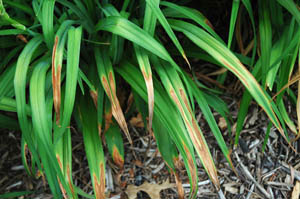
Nitrogen Deficiency
Yellow leaves starting from the bottom of the plant and working their way up? Your lilies might just be hungry. Nitrogen is key for green, leafy growth — and lilies are surprisingly fast feeders during the growing season.
What to do:
- Apply a balanced fertilizer like 10-10-10 or 20-20-20 in early spring as growth begins, and again after flowering to help replenish the bulbs.
- If you prefer organic, composted manure or a slow-release granular fertilizer works great too.
- Water in your fertilizer to help the nutrients reach the roots.
What’s eating my lilies?
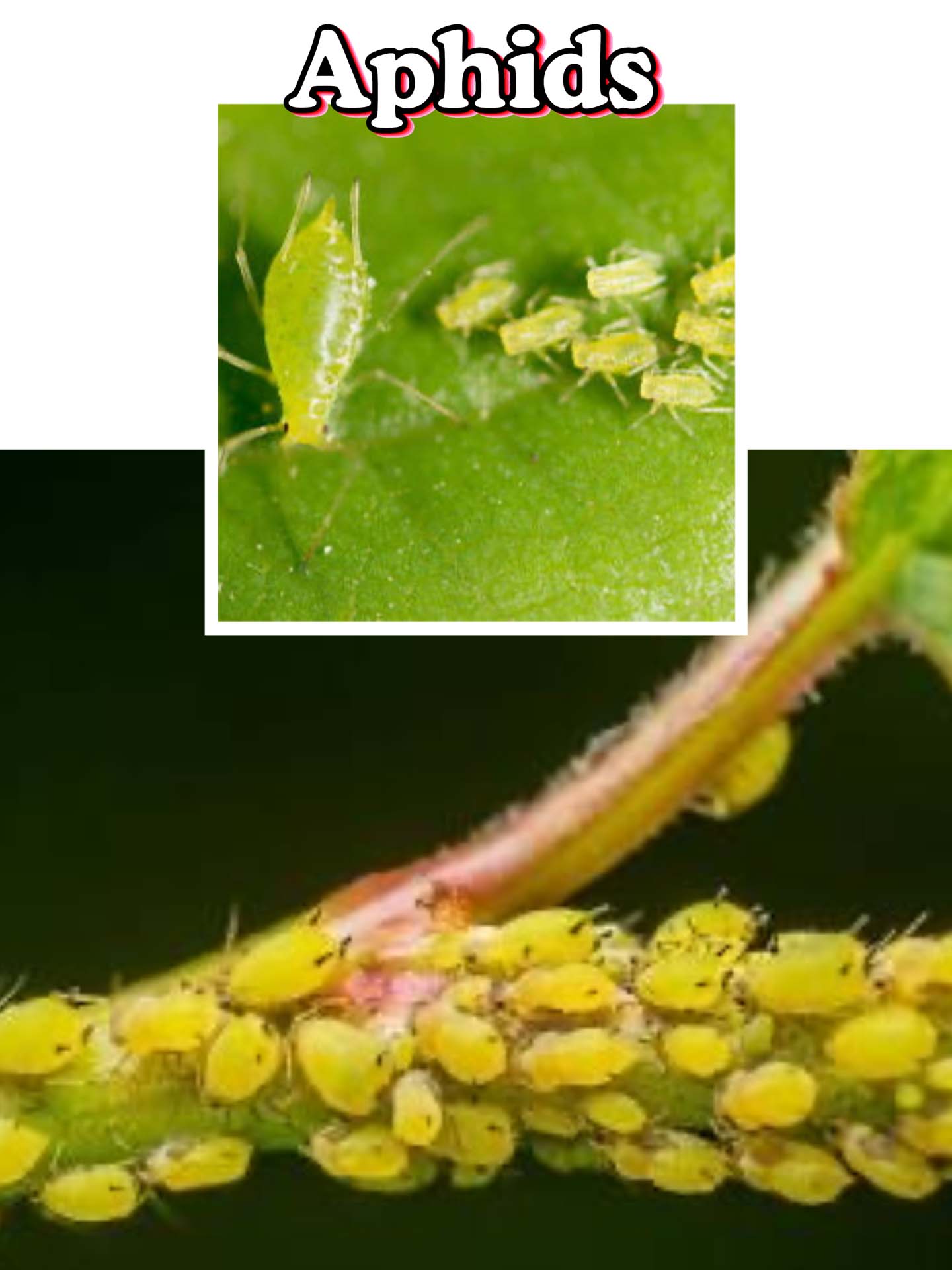
Red Lily Beetle
Tiny red bugs with a BIG appetite. Look for red adults or black larvae on leaves.
Treatment: Hand-pick, squish, or use neem oil or insecticidal soap.
Aphids
Clusters of soft-bodied insects.
Treatment: Blast with water or apply insecticidal soap.
🧪 Don’t forget: Aphids can spread viruses, so early intervention is key
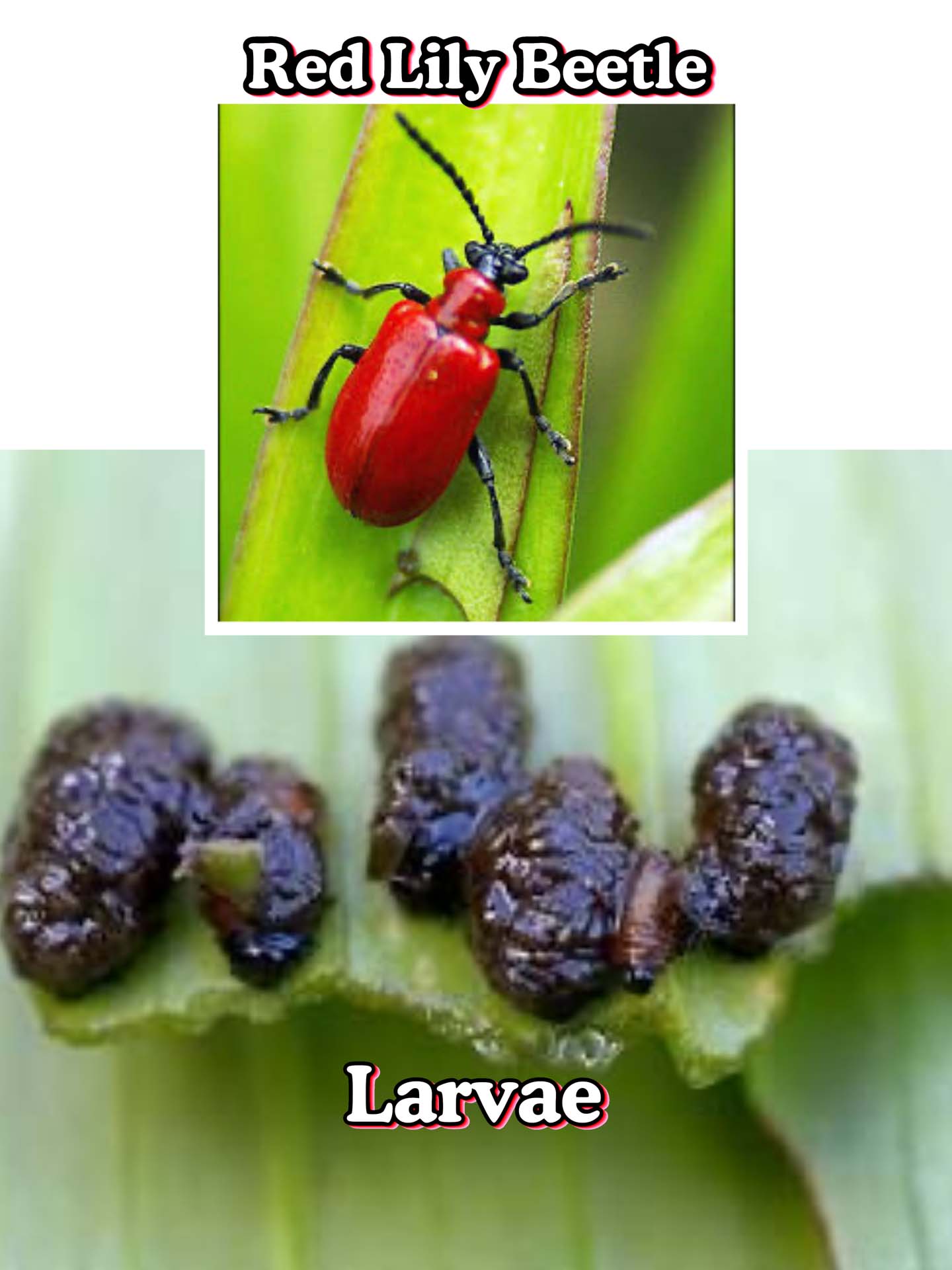
Why won’t my lilies bloom?
There’s nothing more frustrating than a big, healthy lily plant standing tall and green… with zero flowers to show for it. If your lilies are skipping the grand finale, here are a few reasons they may be holding out on you — and how to turn the show back on.
Too Much Shade
Lilies are sun-lovers at heart. Most varieties need at least 6 hours of direct sun each day to develop buds and bloom properly.
What to do:
- Observe how much sun your lilies get throughout the day — morning sun is good, but afternoon sun is even better.
- If they’re stuck under trees, near buildings, or in partial shade, consider relocating them in the fall to a sunnier spot.
- For daylilies especially, avoid deeply shaded areas — they’ll survive, but they won’t thrive.
Bonus tip: Even sun-loving lilies appreciate a little afternoon break from scorching heat — think “full sun with a breeze and iced tea.”
Crowded Bulbs
Over time, lily bulbs multiply underground, which is great for your collection but not always great for blooms. If your lilies are packed tighter than rush-hour traffic, they’ll compete for nutrients and stop flowering.
What to do:
- Every 3–4 years, dig and divide your lily bulbs in the fall (after the foliage has died back).
- Replant the healthiest bulbs with plenty of room to stretch (6–8 inches apart).
- Share extras with friends or tuck them into new spots around your garden!
Don’t worry: Dividing won’t hurt them — in fact, it’ll recharge their blooming power.

Improper Cutting or Premature Trimming
Lilies depend on their green leaves to photosynthesize and store energy for next year’s bloom cycle. If you cut the foliage too early, you’re basically snipping off their fuel source.
What to do:
- Let foliage completely yellow and die back on its own before removing it.
- If you’re tempted to tidy up earlier (we get it!), focus on deadheading blooms only — leave stems and leaves intact until they look like they’ve given up naturally.
Think of it like charging a battery — you want it 100% full before unplugging it for the season.
Deadheading on Daylilies
Daylilies bloom one flower per day (hence the name), but many produce multiple buds per stalk. If you’re not deadheading, the plant may slow down or stop blooming altogether.
What to do:
- Pinch or snip off spent blooms daily to encourage new buds to form.
- Once a stalk finishes blooming completely, cut it back to the base to tidy up the plant and free up energy.
Stella de Oro and other reblooming types especially benefit from this kind of attention — they’ll reward you with multiple flushes of flowers all summer long.
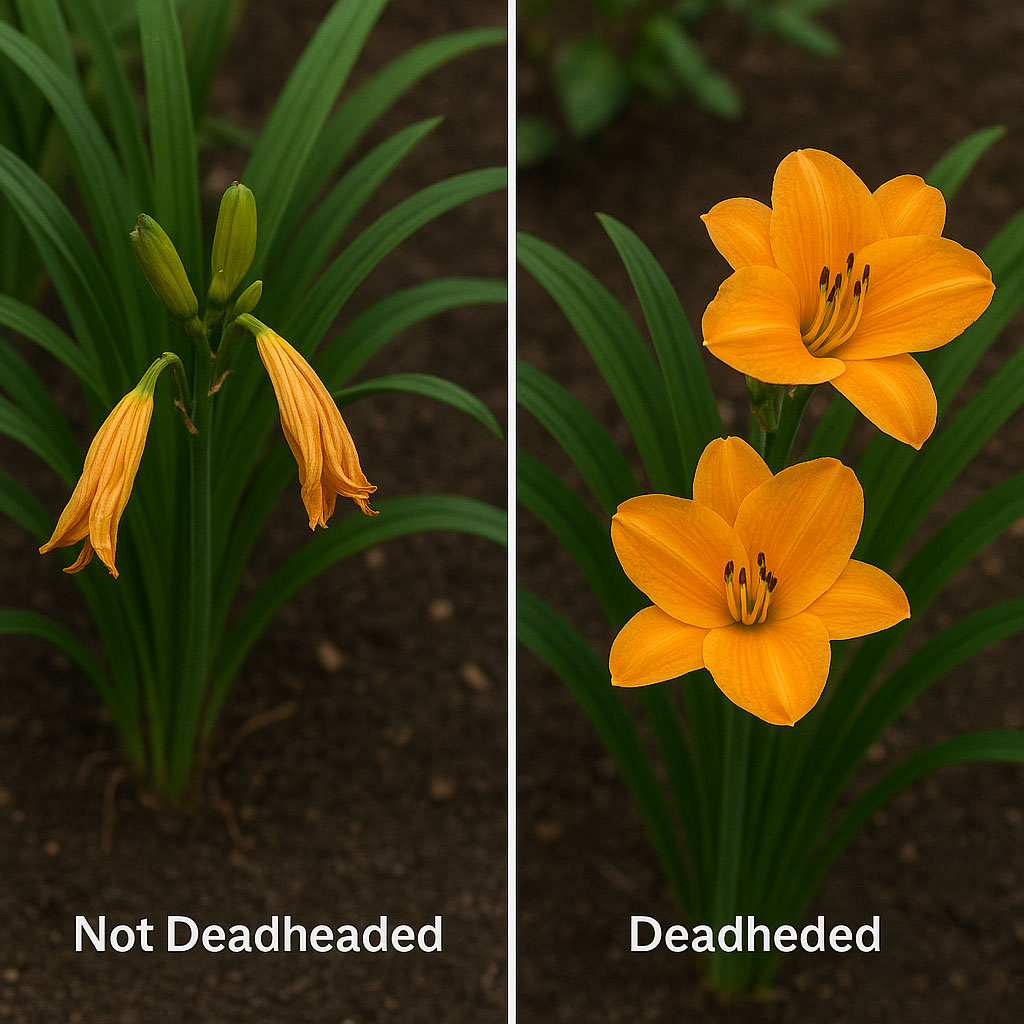
Why do my daylilies look sick?
Rusty spots on leaves? You might have Daylily Rust, a fungal disease that thrives in humid conditions.
- Remove and dispose of affected leaves (don’t compost!)
- Space plants for airflow
- Use a fungicide if needed (look for one labeled for rust)
- Avoid overhead watering
- Sanitize tools between plants with bleach water
Bonus tip: Some daylily varieties are more rust-resistant than others!
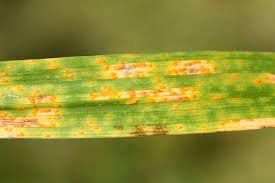
Why do my lily stems flop over?
This is most likely caused by lack of support or weak bulbs.
Here’s what you can do to resolve this issue:
- Stake tall lilies or grow them in a spot sheltered from strong wind.
- Ensure bulbs are planted deep enough (6–8 inches for true lilies).
- Feed bulbs in spring with a slow-release fertilizer.
Are lilies deer resistant?
Sadly, no. If you’ve ever stepped outside to admire your lilies and found nothing but chewed-off stems and hoofprints in the mulch — you’ve met the work of a hungry deer.
Most lilies, especially Asiatic, Oriental, and trumpet types, are like a five-star buffet for deer. Even Daylilies, despite being tougher plants, are on the menu. To a deer, those tender buds are just too delicious to pass up — especially during dry summers when food is scarce. For tips on keeping deer away, check out our Dirt Therapy post about deer resistant gardening!
Final Thoughts: Long Live the Lilies
Whether you’re tending to elegant Asiatic lilies, cheerful daylilies, or a mix of both, one thing’s for sure — they know how to put on a show. But like all great performers, they come with quirks, costume malfunctions, and the occasional diva moment (we’re looking at you, leaf scorch). The good news? Most lily troubles are totally manageable once you know what you’re looking at. From yellowing leaves to stubborn non-bloomers, from rust spots to deer drama, there’s always a solution waiting in the wings — and now, you’ve got a whole toolbox of tips to tackle it.
Garden rule of thumb: When in doubt, give your lilies sun, well-drained soil, a little breathing room, and the dignity of keeping their leaves until they’re truly ready to let go. And maybe plant a few alliums nearby to keep the deer guessing. As always, don’t let garden hiccups steal your joy. Gardening lilies may come with a few bumps along the way, but they’re totally worth it.
Until next time, Plant joy. Dig deep. Keep growing. And as always, HAPPY PLANTING EVERYBODY!

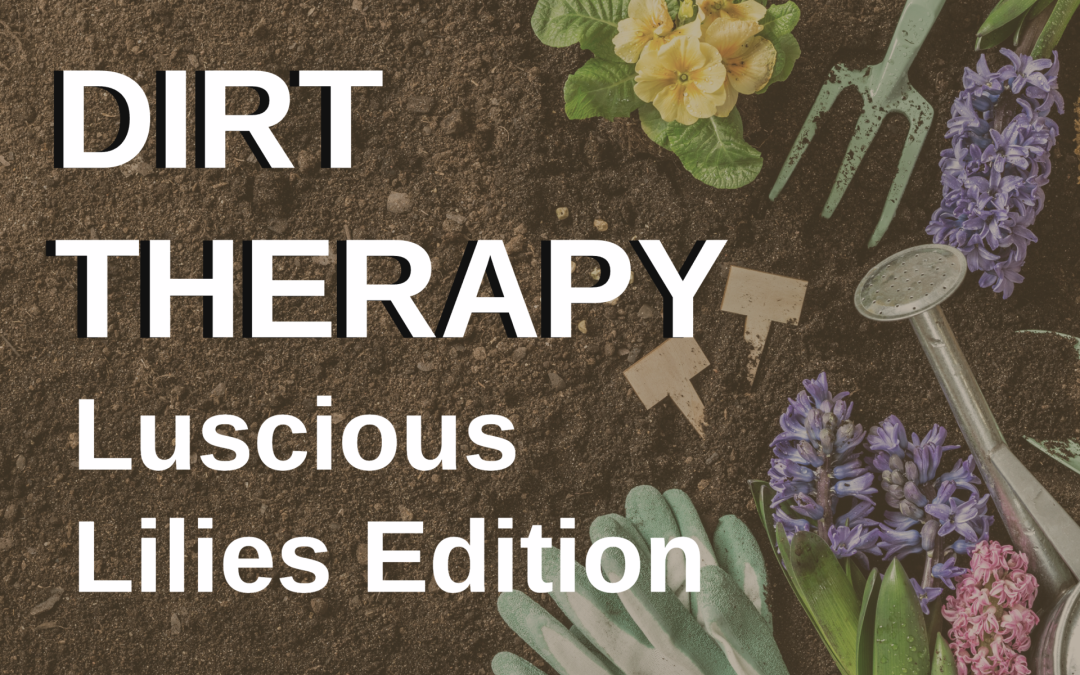
Recent Comments